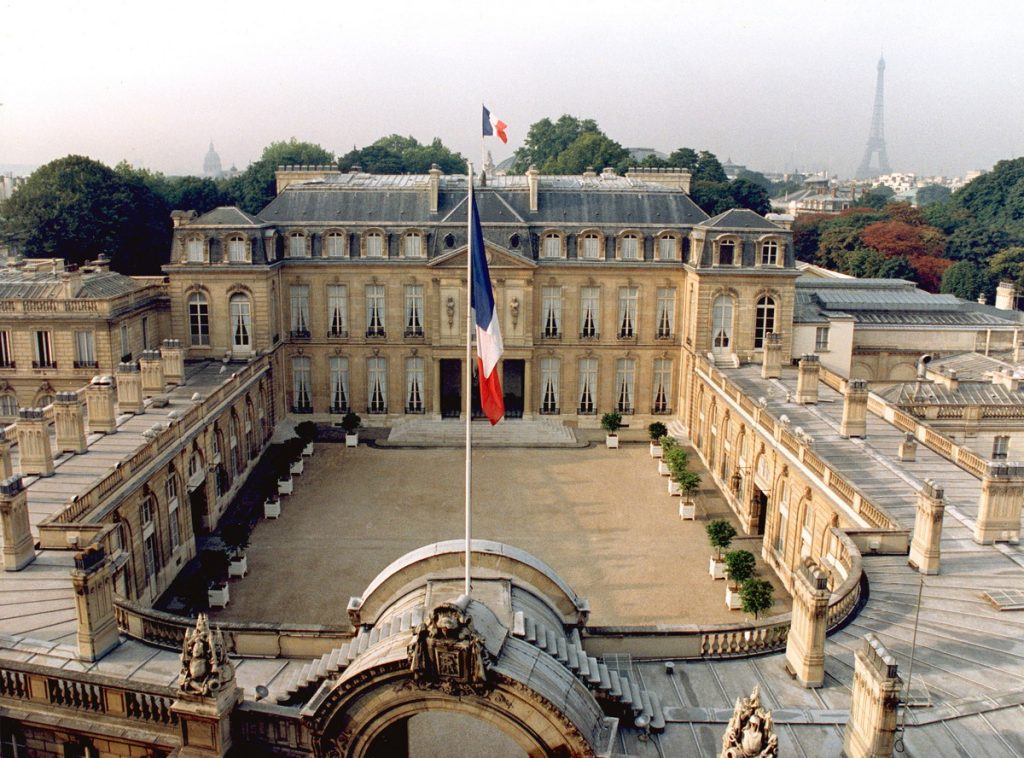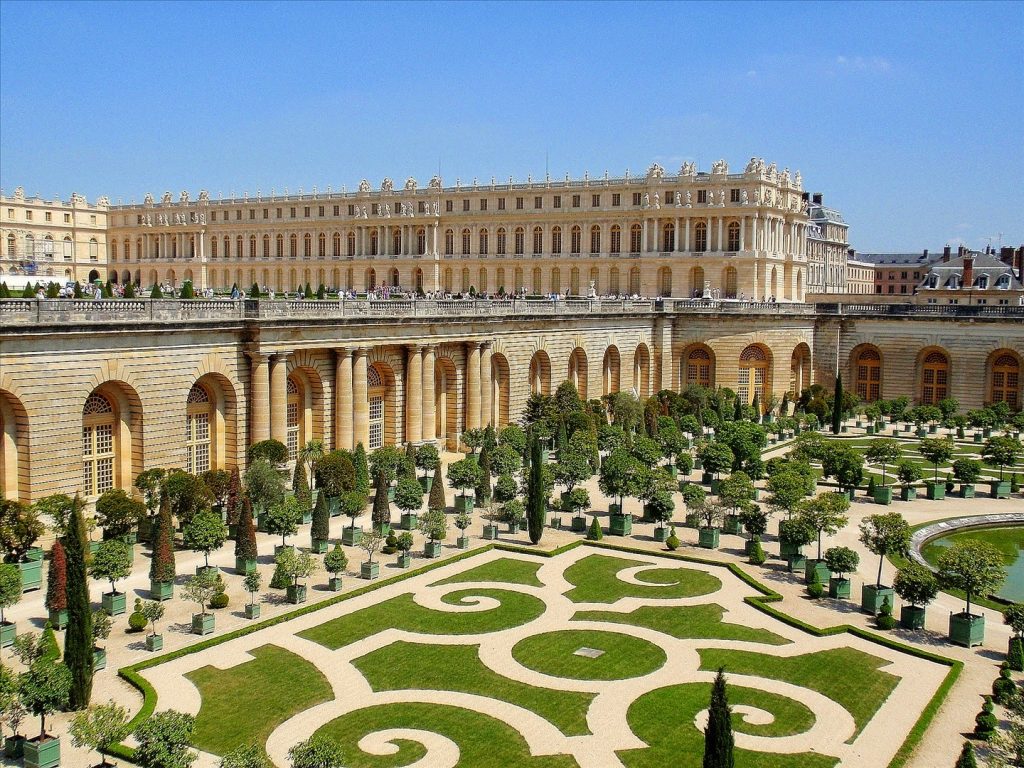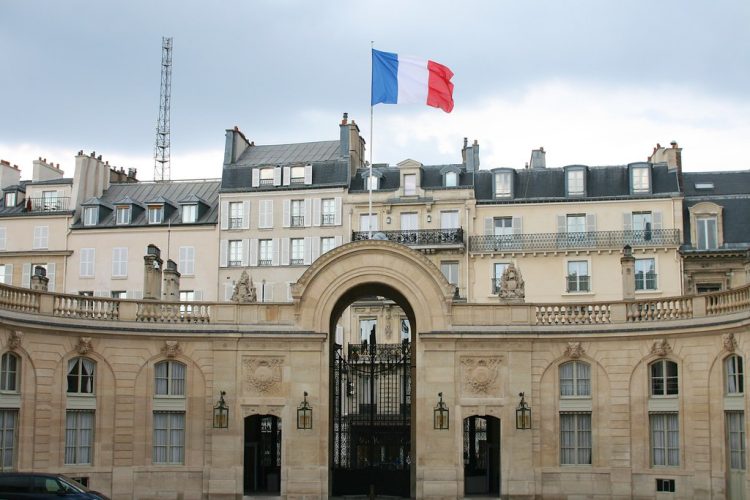The Elysee Palace in France: a historical witness and a gem of architecture
In the heart of France, in the historic city of Paris, stands a legendary Palace – the Elysee Palace. This palace is not only the official residence of the President of the French Republic, but also the perfect fusion of French history and architecture. This paper will conduct an in-depth study of the Elysee Palace, in order to show its historical background, architectural features, cultural connotation and status and influence in French history.
I. Historical background: From private residence to presidential palace
The history of the Elysee Palace dates back to the early 18th century. In 1718, Henri, Count of Devre, built a magnificent palace on this piece of land in the center of Paris, named “Devre Palace”. Originally the private residence of Earl Avery, the palace is full of aristocratic luxury and elegance.
Over time, the palace’s fortunes changed dramatically. In 1804, Napoleon declared himself emperor and the First French Empire replaced the First Republic. His brother-in-law, Marshal Murat, bought the house in 1805 and underwent extensive renovations and renovations. He renamed it the Elysee Palace, symbolizing the land as a source of happiness and joy.
In the course of subsequent history, the Elysee Palace gradually became the center of French politics. From Louis XV and Louis XVI to Napoleon III, many French Kings and emperors have lived and worked here. In 1873, the French Third Republic officially decreed that the Elysee Palace was the official residence of the President of France. Since then, the Elysee Palace has become the symbol of supreme power in France.

- Architectural features: Masterpieces of neoclassicism
The architectural style of the Elysee Palace is unique and combines the essence of neoclassicism. The main building of the palace uses a two-story high European classical stone building, elegant and solemn. Two two-storey stone buildings with symmetrical wings surround a spacious rectangular courtyard. The exterior of the palace is made of white marble and stone, which looks solemn and solemn.
The front of the palace has a huge arch, which is beautifully carved with reliefs showing important events and figures in French history. These reliefs not only add to the artistic value of the palace, but also reflect the French people’s respect for history and culture.
The interior of the palace is equally breathtaking. The spacious and bright halls, gorgeous frescoes and sculptures, exquisite furniture and works of art all show the unique charm of French court culture. In particular, the golden Hall of the palace is a treasure of French architectural art. Its tone is gold, and the walls, ceiling and floor are inlaid with gold decorations, which looks magnificent.
There is also a quiet, beautiful garden at the back of the Elysee Palace. The garden is vast, leafy and full of flowers. There are fountains, sculptures and other landscapes in the garden, providing a beautiful leisure environment for the president and dignitaries.
Cultural connotation: Witness of French history
The Elysee Palace is not only a treasure of French architecture, but also a testimony to French history. In this palace, many important historical events have taken place. For example, Napoleon I signed his abdication here after his defeat at the Battle of Waterloo in 1815; During the Paris Commune of 1871, the Elysee Palace was also the center of fighting. These historical events have made the Elysee Palace an important part of French history.
The Elysee Palace also carries a rich cultural connotation. The interior of the palace displays a large number of artworks and cultural relics, including famous paintings, sculptures, furniture and so on. These artworks not only represent the unique charm of French culture, but also show the French people’s love and pursuit of art. In addition, the Elysee Palace is an important place for the exchange and presentation of French culture. Every year, various cultural events are held here, attracting tourists from all over the world.

- Position and influence in French history
The Elysee Palace occupies an important place in French history. As the official residence of the President of France, it is not only the symbol of the supreme power in France, but also the center of French political and diplomatic activities. Many important political decisions and diplomatic activities take place here, making the Elysee Palace an important player on the international political stage.
The Elysee Palace also holds a unique position in architectural art. Its architectural style, decorative arts and garden landscape represent the highest achievements of French architecture. The architectural style of the Elysee Palace had a profound influence on later French architecture and became an indispensable part of the history of French architecture.
Through the in-depth exploration of the Elysee Palace in France, we can deeply feel the rich historical and cultural connotations contained in this palace. It is not only a witness of French history and culture, but also a treasure of French architecture. The historical changes and architectural features of the Elysee Palace provide us with valuable inspiration: in the long course of history, we should cherish and protect cultural heritage, inherit and carry forward the national spirit; In modern society, we should pay attention to the development and innovation of architectural art, and promote the prosperity and progress of urban culture.
Let’s go back to the Elysee Palace, a legendary palace. Here, we can not only appreciate the unique charm of French architectural art, but also feel the profound heritage of French history and culture. The Elysee Palace will continue to be remembered and celebrated by the people of the world as a symbol and symbol of France.





















